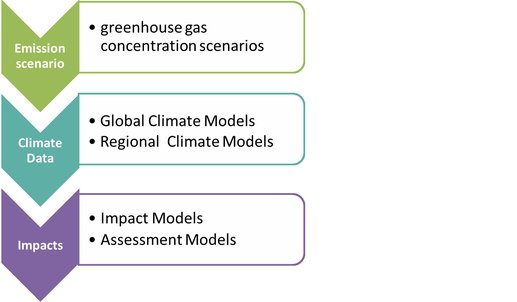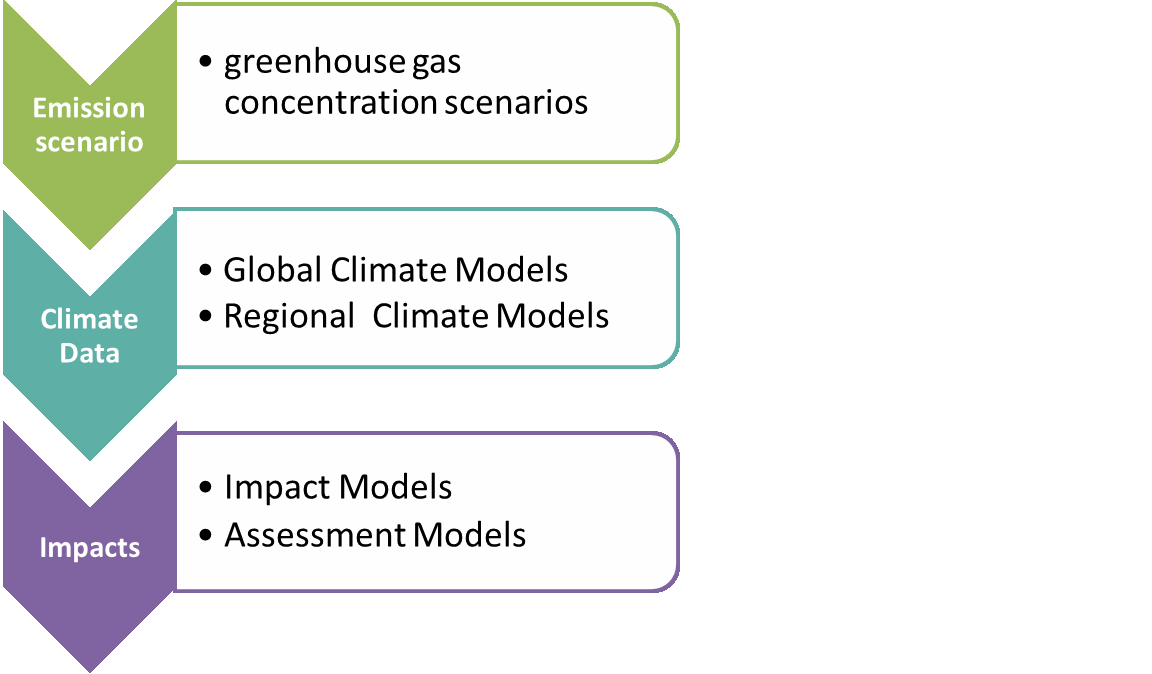The Health Story
1. Why is it important to consider climate change impacts on health?
Residents of the European Union are at risk from both direct and indirect impacts of climate change. One important area of impact is resident health. The climate can have multiple effects on health. These include air pollution impacts, heat and cold related effects, impacts of extreme events such as storms, floods or wildfires, vector and rodent borne infectious diseases, food and water related diseases, allergic diseases and ultra-violet exposure. All these factors are potentially influenced by climate change.
Within IMPACT2C, ozone pollution, particulate matter air pollution and heat mortality have been analysed under a 2°C global warming scenario.
Particulate matter air pollution has both an impact on climate change as well as on human health and ecosystems. Some compounds of particulate matter such as soot induce a warming while others such as sulphates induce an albedo effect and a climate cooling. It is thus important to understand the composition and concentration of particulate matter air pollution for projecting the impact on climate change. At the same time, particulate matter air pollution affects human morbidity and mortality.
As another topic connecting air pollution with human health and ecosystems, ozone air pollution affects human morbidity and mortality. A higher ozone concentration leads to a higher mortality risk. Furthermore, higher temperatures and modified weather patterns in a changing climate potentially affect the way ozone is formed and as well as its concentration.
Furthermore, increasing heat under a global warming scenario of +2°C can affect heat mortality in Europe, potentially leading to more deaths.
It is thus important to understand how a changing climate is related to human health through the factors of particulate matter air pollution, ozone air pollution and heat mortality.


2. What are the key findings?
Using different impact assessment models we have found that a 2°C climate change modifies the near-surface atmospheric composition of air pollutants in Europe. However, the changes in ozone and particulate matter air pollution due solely to a +2°C warming are small compared to changes expected from air pollutant emission reductions for 2050. Thus, emission reductions of air pollutants will be critical in continuing to largely improve air quality and reduce health issues until 2050.
In the IMPACT2C project, the effect of 2°C global warming was combined with expected reductions in air pollutant emissions for ozone and particulate matter. The specific results are the following: Air pollution from ozone is changing in many areas, but the amplitude of change remains small in the area of 0-1.5 ppb. Pollution of particulate matter concentration increases are found in Southern Europe, but their amplitude remains small as well.
Heat mortality in Europe is expected to increase by an average of about 23,100 additional heat-related deaths during the warm season under a scenario of 2°C warming. Citizens from the Mediterranean (Cyprus, Greece, Spain) and central-eastern European countries (Bulgaria, Hungary and Romania) will be most affected by the increase in heat mortality. However, residents in other European countries will also see more heat deaths during the warm season.
Other health impacts due to climate change are projected.
References:
Reference

